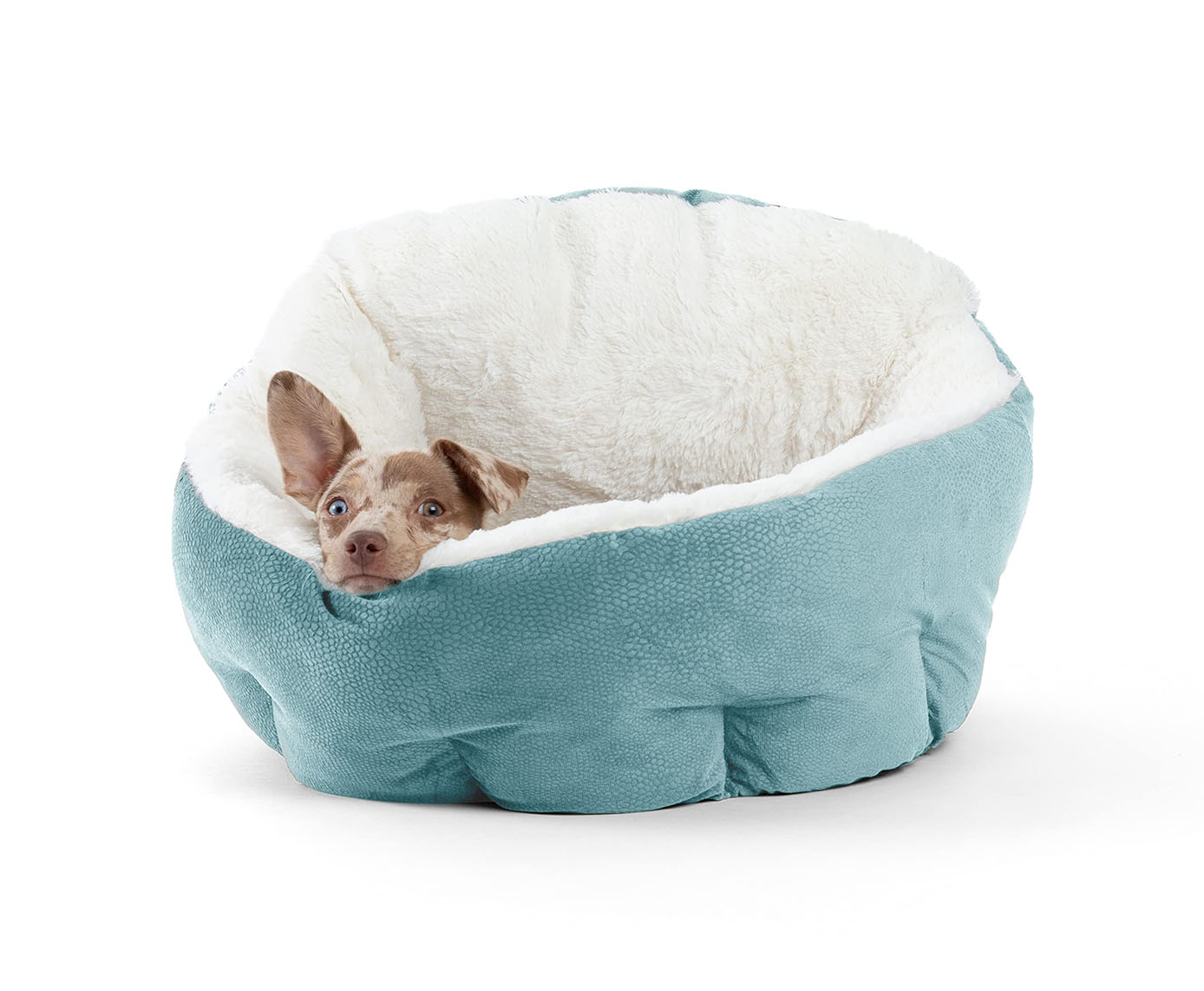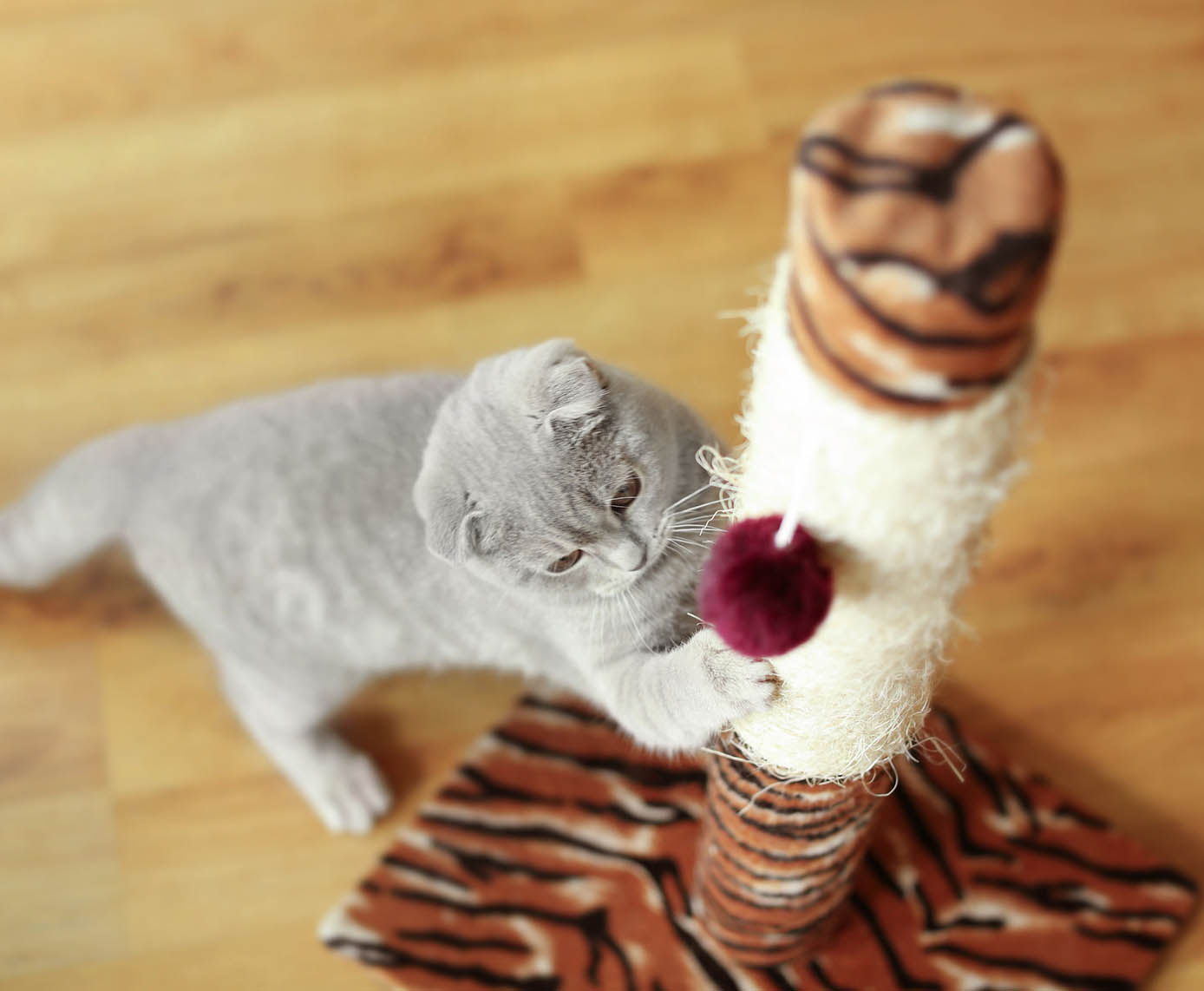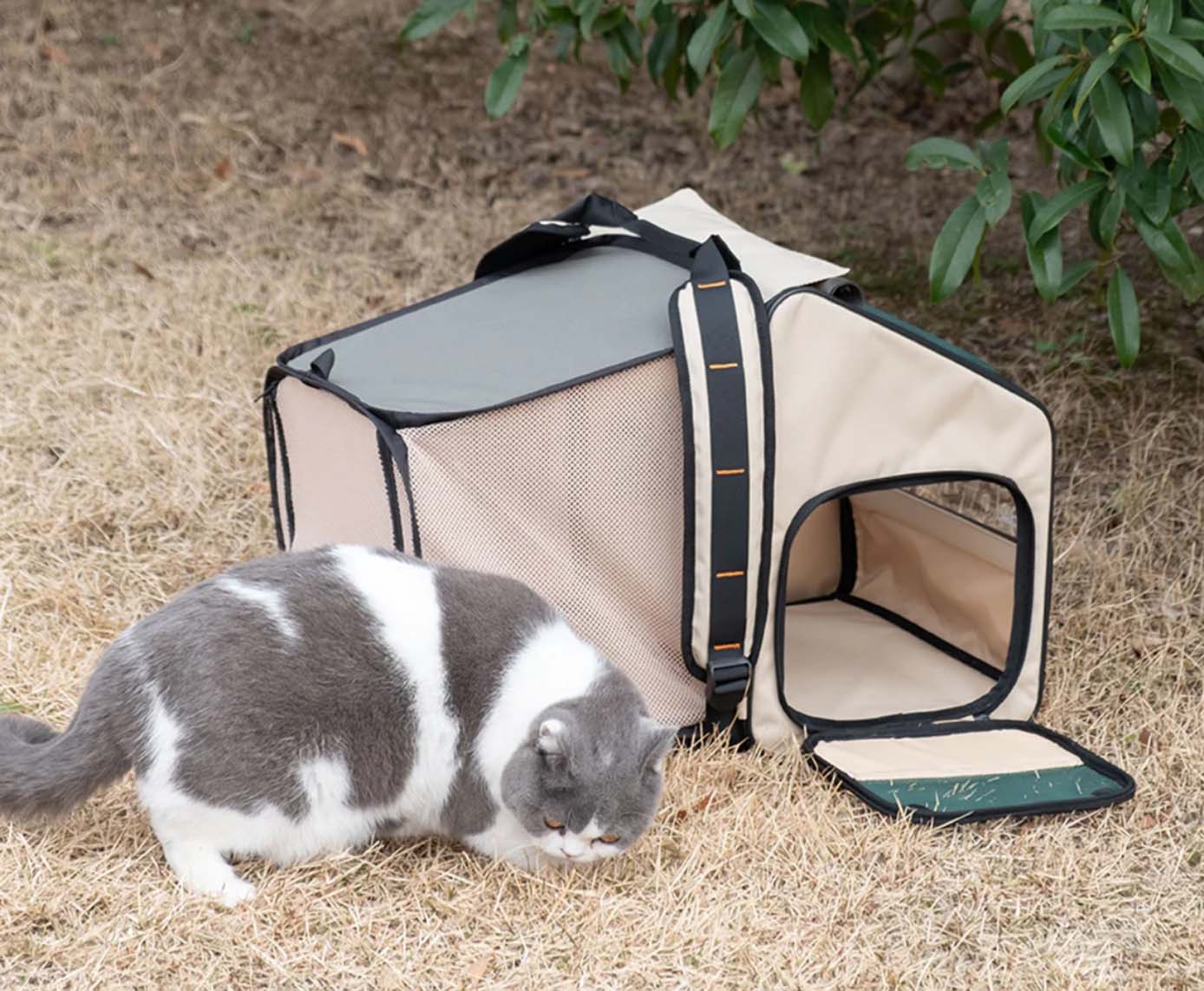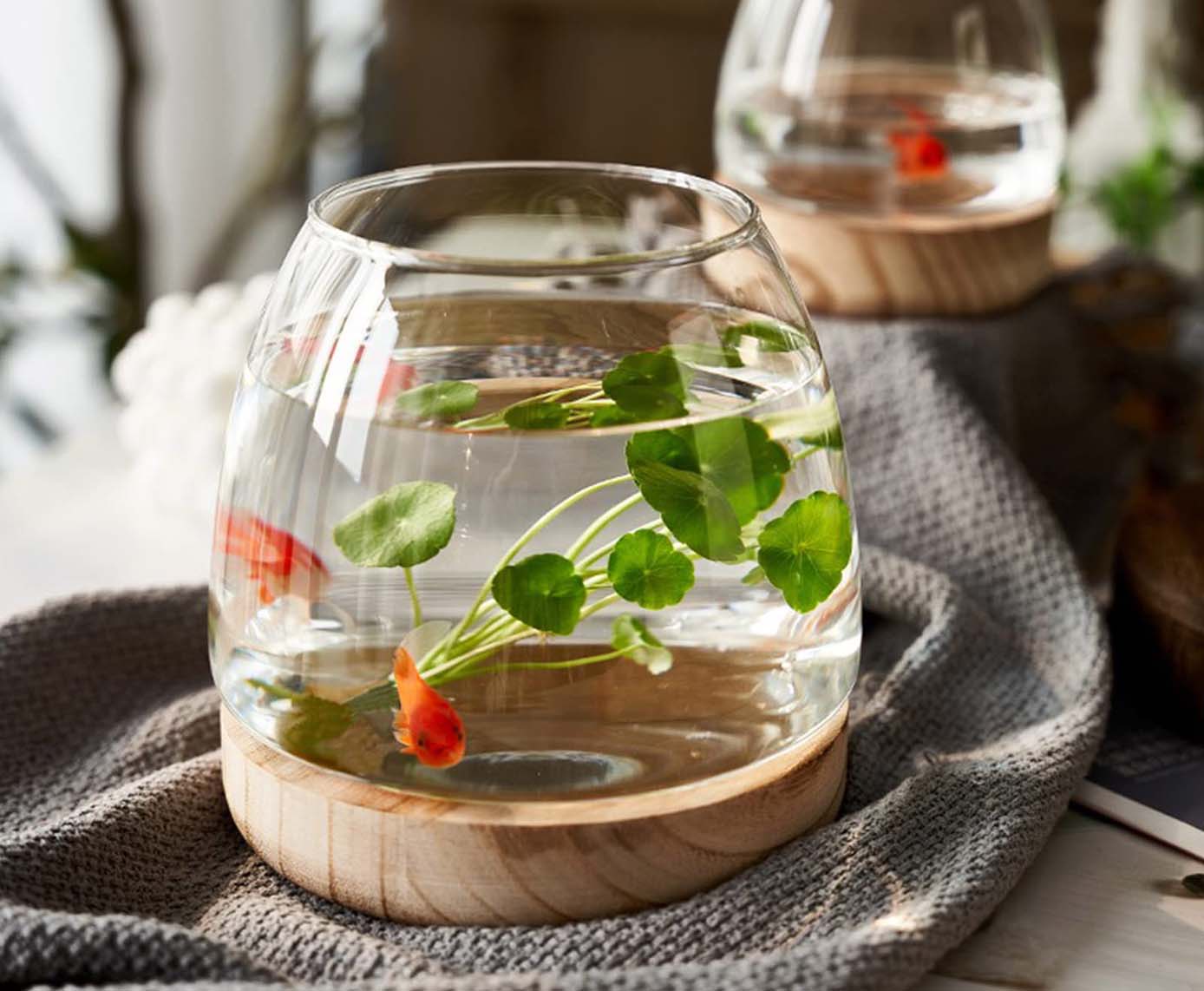Many cat owners have had similar experiences: carefully selecting and spending a fortune on a cat bed, only to have it become a storage box, basket, or even a human footstool, while the cat still prefers cardboard boxes, delivery bags, wardrobes, or laundry baskets. We often joke that buying a cat bed is just a one-sided wish, but behind this lies a misunderstanding of cats’ nature, environmental preferences, and need for security.
A cat bed isn’t necessarily better because it’s more expensive or more ornate. What truly makes a cat willingly curl up in it is a product that meets the cat’s instinctive needs while fitting seamlessly into human aesthetics at home. After extensive selection and comparison, I have compiled five cat beds that are highly rated for their looks, practicality, and user feedback. They cover different types, structures, and materials, suitable for various living spaces and cat personalities.
1. Why Don’t Cats Sleep in Cat Beds? Understanding Their Needs First
Before reviewing the products, it’s necessary to clarify one question: why do cats refuse to sleep in beds?
- Lack of Security
Cats highly value safe boundaries. The more enclosed and smaller the entrance, the more attractive it is to them. Open-structured beds, even if made of comfortable materials, cannot provide the psychological “shelter” cats seek. - Unfamiliar Smells or Unliked Materials
Cats’ sense of smell is much more sensitive than humans’. Some synthetic materials in new products might smell “fresh” to humans but “alerting” to cats. Different textures such as plush, burlap, soft cotton, or wicker directly affect their willingness to approach. - Unsuitable Temperature or Space
Cats are very particular about their resting spots. Sunlight, drafts, and air flow all influence where they choose to sleep. If the cat bed is too cold, hot, noisy, or poorly lit, cats naturally avoid it. - Incorrect Human Usage
Sometimes we put cat beds in the middle of the floor, next to sofas, or in obvious human traffic areas, which cats perceive as “too exposed,” leading to rejection. Forcing cats into the bed to “help them adapt” may cause them to resist even more.
2. Evaluation Criteria and Reference Dimensions
From numerous cat beds, I selected five popular and well-reviewed new products on amazon.com. They include semi-enclosed, fully enclosed, multifunctional, structural, and decorative types. These beds are visually appealing while ensuring usability and cat-friendliness.
Evaluation criteria:
- Comfort (material texture, support, softness)
- Security (degree of enclosure, space size)
- Aesthetic Design (whether the appearance blends with home decor)
- Cleaning Convenience (ease of disassembly and cleaning, resistance to fur attachment)
- Adaptability (how quickly cats accept and frequently use the bed)
3. Comparative Review of Five Stylish Cat Beds
1. Meowfia Premium Felt Cat Cave Bed
Type: Wool Felt Semi-Enclosed Bed
Purchase platform: amazon.com
This cat bed is handmade from 100% natural New Zealand wool felt. Its shape resembles a simple yet textured “pod.” The small entrance and spacious interior create a “cave-like” feel, perfect for cats who like to hide and be alone.

Advantages:
- Wool material is breathable and warm, suitable for all seasons
- Naturally self-supporting, resistant to collapse
- Minimalist Nordic design fits minimalist or natural-style decor
Disadvantages:
- Slight wool smell when new, requires ventilation
- Not suitable for placing soft cushions inside due to slipping
Suitable for:
Shy, solitary cats who enjoy tight spaces.
2. Best Friends by Sheri OrthoComfort Deep Dish Cuddler
Type: High-sided Wraparound Soft Bed
Purchase platform: amazon.com
This bed looks like a circular cushion wrapped in a “blanket.” The high edges fully wrap the cat’s body and provide head support. It is filled with faux fur for an extremely soft feel.
Advantages:
- High sides provide strong sense of security
- Machine washable, very easy to maintain
- Available in various sizes and colors, blends well visually
Disadvantages:
- Material tends to attract fur, requires regular removal
- Not suitable for summer use, may be too warm
Suitable for:
Cats who like to curl up and are affectionate, especially in winter.
3. Vesken Modern Rattan Cat House with Cushion
Type: Wicker Structural Cat House
Purchase platform: amazon.com
This cat bed blends cat furniture with human aesthetics. It is handwoven from natural rattan, comes with a soft cushion, and features an open platform on top, doubling as a cat bed and a perch.
Advantages:
- Multifunctional, great for small spaces wanting multi-level layouts
- Lightweight appearance fits modern home decor seamlessly
- Breathable material, comfortable in summer
Disadvantages:
- Slight initial rattan smell
- Cushion requires regular cleaning, not machine washable
Suitable for:
Active, playful cats who love jumping and high vantage points.
4. PETEPELA Cat Bed with Solid Wood Frame
Type: Furniture-style Soft Mattress Bed
Purchase platform: amazon.com
This design-forward cat bed features a solid wood frame and removable, washable cotton mattress. It is sturdy and decorative, like a “small piece of furniture” dedicated to cats.
Advantages:
- Stable frame, does not wobble with cat’s movement
- Mattress can be cleaned separately
- Fits Nordic, wabi-sabi, or modern minimalist home styles
Disadvantages:
- No enclosure, not suitable for shy cats
- Slightly small space for larger cats
Suitable for:
Calm cats who like to nap in sunny spots.
5. Pidan Igloo Cat Bed
Type: Egg-shell Fully Enclosed Cat Bed
Purchase platform: amazon.com
Pidan’s egg-shell cat bed is iconic in design circles. The fully enclosed structure has an ABS eco-friendly shell and a removable soft cushion inside. The design is inspired by Arctic igloos and has a futuristic look.
Advantages:
- High enclosure provides very strong security
- Smooth shell is easy to wipe clean and dust-resistant
- Not easily crushed, ideal for multi-cat households sharing
Disadvantages:
- Large footprint takes up more floor space
- ABS shell may feel cold in winter, requires cushion padding

Suitable for:
Shy or noise-sensitive cats and multi-cat households.
4. How to Help Your Cat “Accept” a New Bed
After bringing home a new cat bed, helping your cat accept it is often challenging. Here are some proven strategies:
- Scent Familiarization: Place a clean piece of clothing or a blanket your cat frequently sleeps on inside the bed for a few days to transfer familiar scents.
- Position the Bed “Off to the Side”: Avoid placing it in high-traffic areas. Corners, behind sofas, or sunny balcony spots work better.
- Never Force Your Cat: Forcing cats into the bed creates resistance. Put treats or catnip inside to encourage voluntary exploration.
- Regularly Change Location: Sometimes it’s just the angle or lighting that cats dislike. Moving the bed occasionally may increase acceptance.
5. Aesthetic and Practicality Combined — Cat Beds as Home Highlights
When choosing a cat bed, I increasingly favor the intersection of “shared aesthetic by humans and cats” — one that satisfies cats’ instincts without compromising overall home decor. After all, a cat bed is not just functional; it’s a piece of territory where cats claim ownership and a symbol of respect and companionship we offer our pets daily.
Cat beds that cats love and we enjoy also elevate our living space’s warmth, completeness, and emotional connection.
Helping Cats Fall in Love with Their “Own Space” is the Beautiful Goal of Pet Ownership
A cat bed should not be mere decoration but a genuine “safe fortress” for the cat at home. While we can’t control every moment of their actions, we can carefully select and understand their needs to create a corner where they feel safe and comfortable.The moment a cat willingly sleeps in its bed is not just a victory for the bed—it’s a reflection of the tacit understanding and trust between us and our feline companions.



